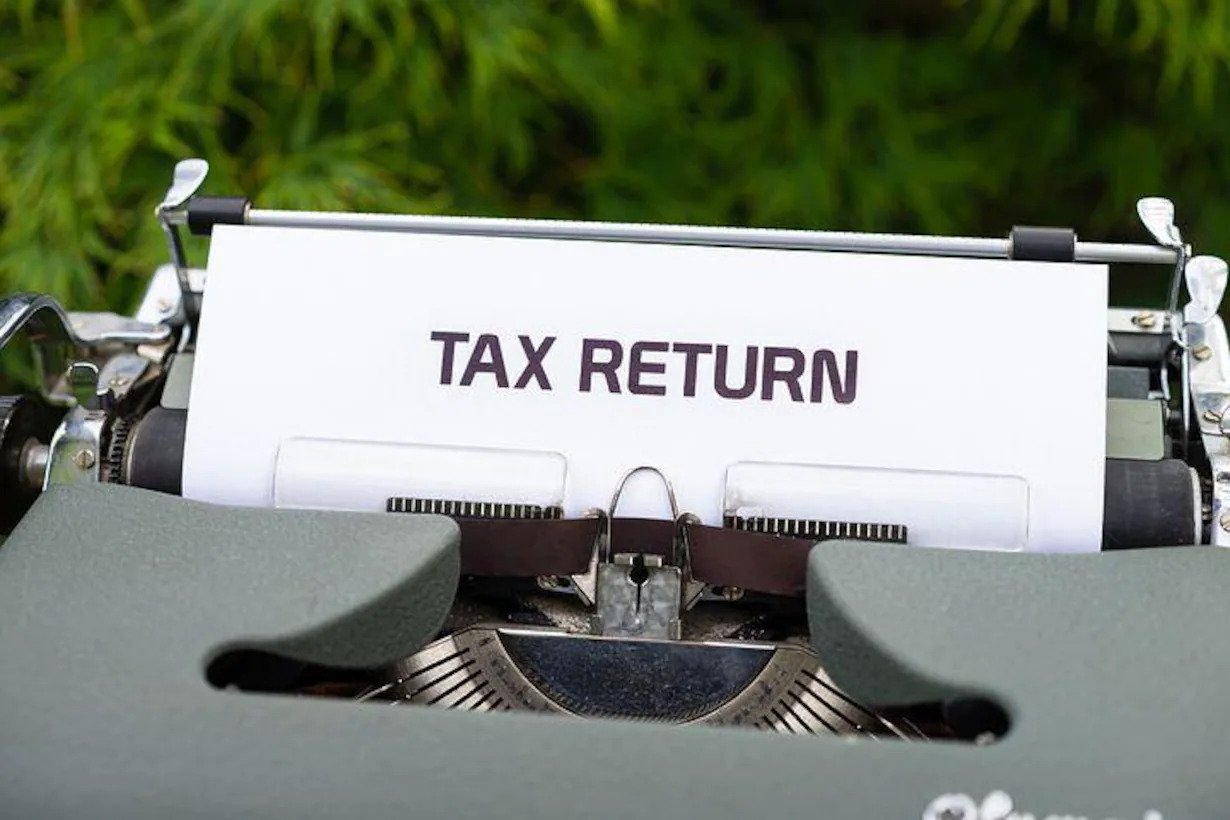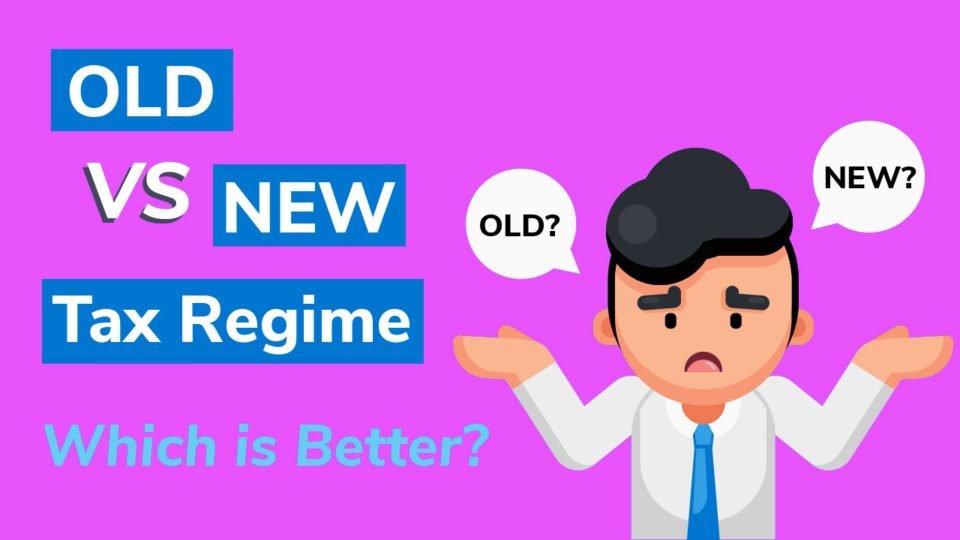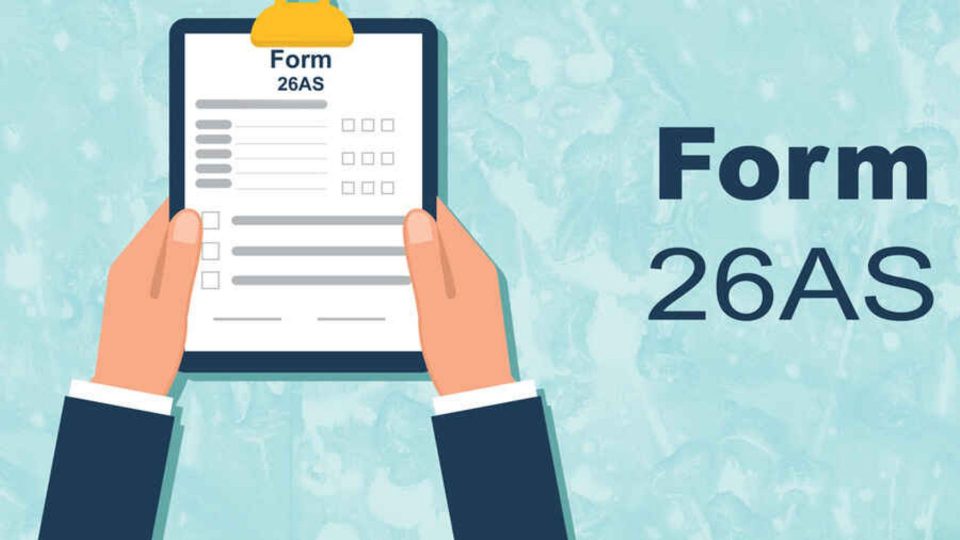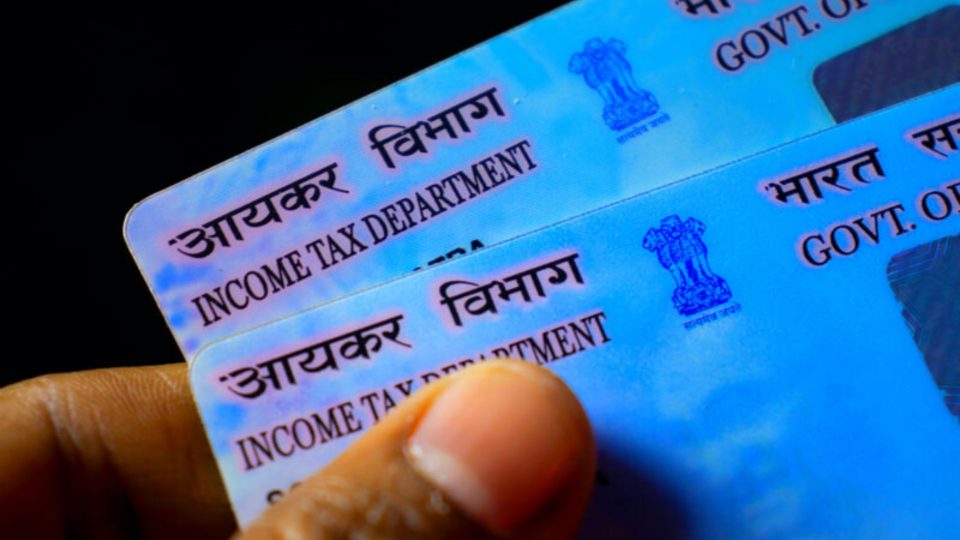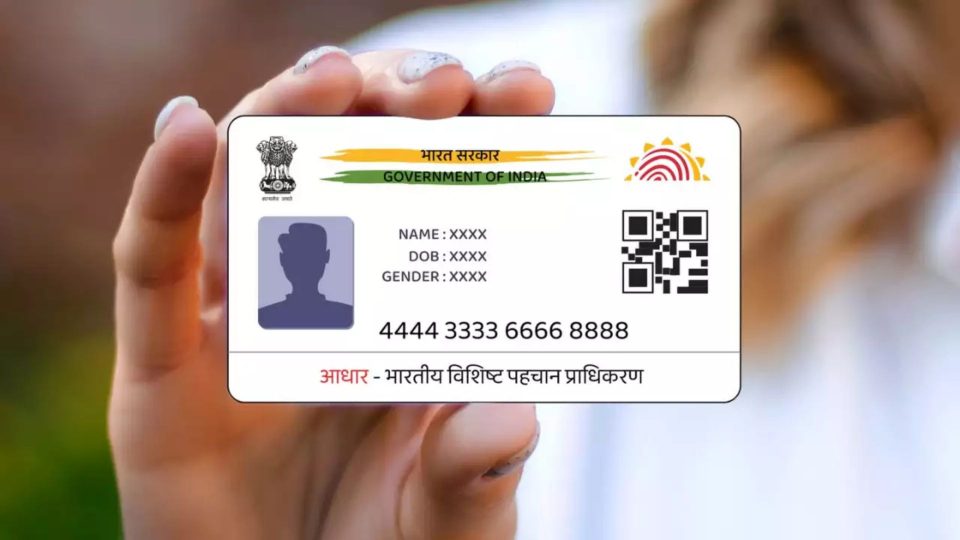For a salaried individual Form 16 is an essential document to complete ITR filing. It is maintained to keep a record of Tax Deducted At Source or TDS and details of all the taxes paid by a salaried individual in a fiscal year. This document is to be issued by every employer when a financial year ends.
Form 16 For ITR Filing
While being the most important documents related to ITR filing, sometimes, employees cannot have it with themselves. There are many different reasons why an employer can’t be able to provide the form like facing financial issues or winding up the business or when an employee switches jobs between financial years.

Here’s How To File An ITR Without Form 16
Calculating Total Income
The process is very simple, just keeping the record of total amounts received monthly in a fiscal year. Also include the amount received from the new employer if you have changed jobs.
Use Form 26AS To Calculate TDS
“After computing your total income for the year, calculate the amount of tax deducted by your employer/employers from the monthly salary slips. Then match this total amount with Form 26AS, which can be accessed by logging in to the e-filing website. Form 26AS is a consolidated tax statement which contains details of TDS, tax collected at source, advance tax paid and self-assessment tax.”
HRA Deduction
“The next step would be to claim a house rent allowance (HRA) for the employees who are receiving it. If you pay rent, you can claim deductions, but you have to file at least one rent receipt for each quarter of the financial year. Moreover, if the taxpayer has a housing loan, they can claim deductions on the interest paid.”
Income Generated Through Other Sources
Report incomes generated through proprietary businesses, interest earned on bank deposits, mutual funds, etc, which do not need an audit in your ITR filing.
Also read:
BEL recruitment 2022: 150 Vacant Posts of Trainee And Project Engineer
Total Deductions
“Once you calculate total income, calculate the deductions under Sections 80C and 80D and others of the Income Tax Act. All deductions have specified limits. An individual can claim deductions for EPF, PPF, and LIC deposits up to Rs 1,50,000 under Section 80C.”
“Deductions for the premium paid towards health insurance can be claimed under Section 80D. For EPF deductions, only calculate your contribution, not the employer contribution. Match the details with Form 26AS.”
